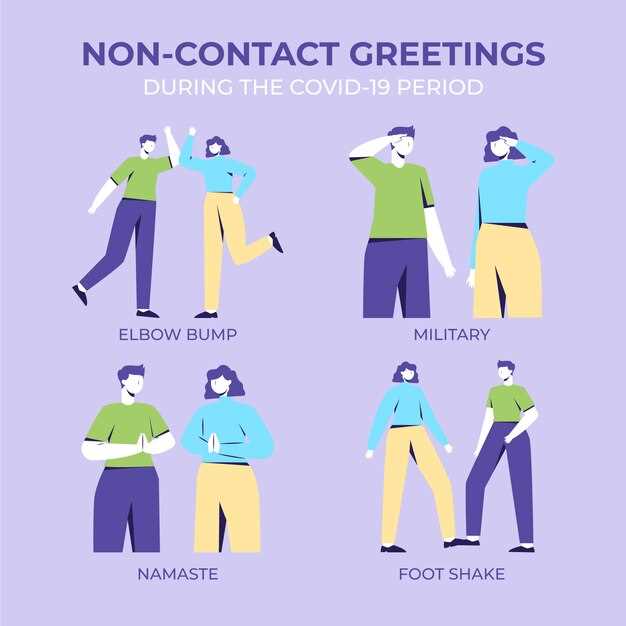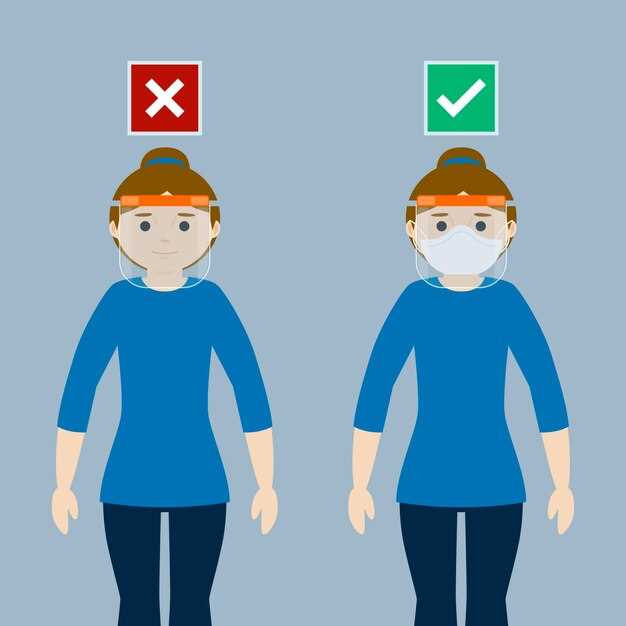
Riding a motorcycle provides a unique sense of freedom and excitement, yet it also comes with inherent risks. Among the most concerning are the phenomena known as highsides and lowsides, which can lead to serious injuries and accidents. Understanding these concepts is crucial for every rider who wants to prioritize safety while enjoying the thrill of the ride.
Highsides occur when a motorcycle loses traction and then suddenly regains it, causing the bike to flip upright violently. This type of crash is often accompanied by a rapid loss of control, resulting in a dangerous ejection of the rider. On the other hand, lowsides happen when the bike slides along the pavement, with the rider typically remaining in close contact with the motorcycle. While lowsides may seem less severe, they can still result in serious injuries if not approached correctly.
To reduce the likelihood of both highsides and lowsides, riders must develop proper riding techniques, understand their motorcycle’s limits, and maintain awareness of road conditions. Utilizing fundamental safety strategies can significantly enhance a rider’s ability to navigate their environment and react appropriately in high-stress scenarios. In this article, we will explore effective methods to avoid these dangerous situations and promote a safer riding experience.
Understanding the Mechanics of Highsides and Lowsides

Highsides and lowsides represent two distinct types of crashes that motorcyclists often experience, both of which can be attributed to loss of traction, but they occur under different circumstances and involve different mechanics.
A lowside occurs when the bike leans excessively, causing the tire to lose grip with the road surface. This typically happens during sharp turns, sudden braking, or when hitting obstacles like gravel or water. In a lowside situation, the motorcycle tips over toward the ground, and the rider usually follows, sliding along the pavement. The impact is often less severe than a highsides because the bike and rider remain relatively close to the ground, but injuries can still be significant, particularly due to sliding and road rash.
Conversely, a highsides occurs after a loss of traction that is then regained abruptly. This can happen when a rider accelerates too hard while leaning into a corner or when the rear tire skids and suddenly regains grip. During a highsides, the bike violently flips back upright, flinging the rider off into the air. The impact can be severe as the rider may land several feet away from the bike, increasing the risk of injuries upon landing. This sudden motion is particularly dangerous because it can catch riders off guard, leading to unexpected high-impact falls.
Understanding the mechanics of these events is crucial for prevention. For lowsides, maintaining proper lean angles, reducing speed when approaching turns, and being cautious with throttle application can help maintain traction. For highsides, careful throttle management, smooth acceleration, and proper bike setup are essential to avoid losing rear wheel traction. Both situations emphasize the importance of being aware of bike control, road conditions, and the laws of physics affecting movement and grip. Riders can minimize their risk of experiencing either type of crash through practice and education about bike handling techniques.
Techniques for Maintaining Stability During Cornering

Maintaining stability while cornering is crucial to avoid accidents and enhance overall riding experience. One of the key techniques is to properly position your body. Shift your weight to the inside of the turn, which helps the motorcycle lean more effectively and improves grip on the tires.
Throttle control is another essential aspect. Smooth and gradual acceleration during the turn helps maintain traction and prevents the rear wheel from sliding. Avoid abrupt throttle changes, as they can destabilize the bike and lead to a loss of control.
Additionally, proper braking technique plays a vital role in cornering stability. Begin braking before entering the turn to reduce speed, and then gently release the brakes while leaning into the corner. This approach minimizes weight transfer and helps maintain a balanced posture.
Look ahead to the exit of the corner, as focusing on where you want to go helps your body naturally follow the best line. This mental preparation allows for smoother steering inputs and reduces the risk of over-committing to the turn.
Lastly, familiarize yourself with your motorcycle’s dynamics. Different bikes handle uniquely; understanding your machine’s responses to inputs will allow you to anticipate and react appropriately during cornering. Regular practice in a safe environment enhances these skills, making stable cornering second nature.
How to Choose the Right Gear to Enhance Riding Safety
Selecting the appropriate gear is crucial for enhancing safety while riding a motorcycle. Start with a helmet that meets safety standards, such as DOT, ECE, or Snell certifications. A full-face helmet provides maximum protection for the head and face, while modular helmets offer convenience for communication without sacrificing safety. Ensure the helmet fits snugly and does not move around when shaking your head.
Invest in gloves specifically designed for riding, which offer both protection and comfort. Look for gloves with reinforced areas on the palms and knuckles to minimize injury during a fall. Make sure they provide good grip and dexterity to control the motorcycle effectively.
Sturdy, protective boots are essential as well. Opt for boots that cover the ankles and have a non-slip sole to enhance grip on the foot pegs. Features such as reinforced toes and waterproof materials can further improve safety and comfort.
Lastly, consider visibility. Brightly colored gear or reflective materials can significantly improve your visibility to other road users, especially during low light conditions. Additionally, wearing a reflective vest can provide added safety when riding at night or in poor weather.
In summary, prioritizing safety by choosing the right gear can greatly reduce the risk of accidents. Ensure all gear fits well, is made from protective materials, and enhances visibility to ensure a safer riding experience.

